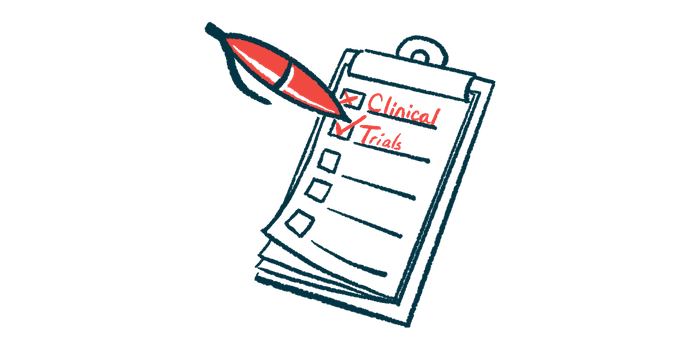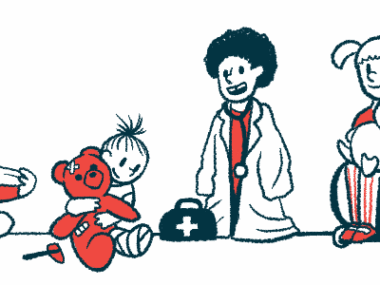Pitolisant enters pivotal Phase 3 testing for daytime sleepiness in PWS
TEMPO global trial plans to enroll up to 134 patients, 6 and older
Written by |

Harmony Biosciences has started a pivotal Phase 3 clinical trial testing pitolisant for excessive daytime sleepiness (EDS) and behavioral problems in people with Prader-Willi syndrome (PWS), 6 and older.
A pivotal study is one where results, if positive, are used to support applications for the therapy’s regulatory approval. Called TEMPO, the global trial plans to enroll up to 134 patients at sites not yet disclosed.
Participants will be randomly assigned to receive pitolisant or a placebo for 11 weeks (about 2.5 months), the company said in a recent company presentation. This placebo-controlled period will be followed by a one-year extension period during which all participants will be treated with pitolisant.
“The initiation of our Phase 3 TEMPO study … reflects continued positive momentum across our organization spanning our lifecycle management programs in PWS and other indications with high unmet medical need,” Kumar Budur, MD, Harmony’s chief medical officer, said in a company press release.
Pitolisant designated FDA orphan drug for excessive daytime sleepiness in PWS
The trial’s launch follows a positive end-of-Phase 2 meeting with the U.S. Food and Drug Administration (FDA) and the agency’s decision to designate pitolisant an orphan drug for EDS in PWS patients. The designation offers incentives such as marketing exclusivity for seven years if pitolisant is approved for this indication.
“With the initiation of this study and the FDA’s recent decision to grant [orphan drug designation] for pitolisant in PWS, we aim to potentially introduce a new, non-scheduled treatment option for EDS and the common behavioral symptoms in patients living with this condition,” Budur said.
PWS is a complex genetic disease with a wide range of symptoms, including insatiable hunger or hyperphagia, weak muscle tone, behavioral problems, and excessive sleepiness during the day.
Several of these features result from changes to the hypothalamus, a region of the brain that controls a range of bodily functions, including hunger and the sleep-wake cycle.
Available as oral tablets, pitolisant works by increasing the release of histamine, a wakefulness-promoting molecule, in the brain. It is sold in the U.S. under the brand name Wakix as an approved treatment for excessive daytime sleepiness or sudden loss of muscle tone in adults with narcolepsy, a sleep disorder.
In a proof-of-concept Phase 2 trial (NCT04257929) involving 65 PWS patients, ages 6 to 65, with excessive daytime sleepiness, about 2.5 months of once-daily pitolisant treatment was found to be generally safe and to result in clinically meaningful EDS reductions.
Such reductions were reported in more than two-thirds (70%) of patients on a high dose and in more than half (56%) of those on a low dose. The effect was strongest in children ages 6 to 11.
Clinical improvements in pitolisant-treated children, adults, but not adolescents
A clinically meaningful difference between pitolisant-treated patients and those on a placebo was observed in children and adults, but not in adolescents, due to a higher placebo effect in this age group.
In the larger Phase 3 TEMPO trial, patients assigned to pitolisant will receive increasing doses up to the final, target dose within the first three weeks of the study. Then, patients will stay on a stable dose of the medication for eight weeks, and subsequently have the option to enter the open-label extension phase.
The study’s main goal is to evaluate pitolisant’s efficacy for EDS versus a placebo by assessing changes in the PROMIS Sleep-Related Impairment score, a self-reported measure of alertness, sleepiness, and tiredness during usual waking hours as well as their functional impact.
Secondary measures include changes in clinical scores of hyperphagia, behavioral problems, and irritability.
“Our progress in expanding the clinical applications of pitolisant in PWS and in other rare diseases, remains promising,” Budur said. “These efforts are integral to our life cycle management programs, which, if successful, could benefit over 100,000 patients living with unmet medical needs.”







